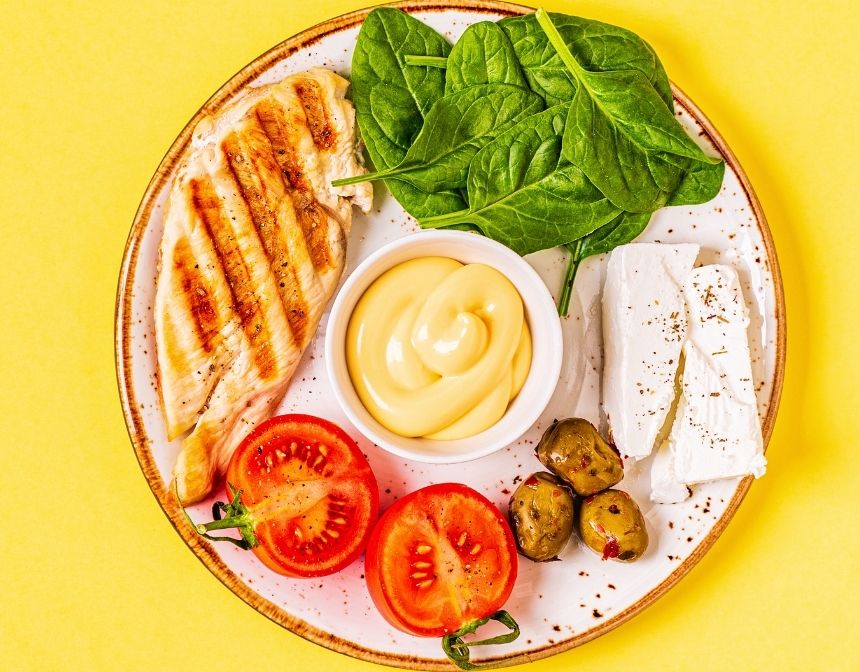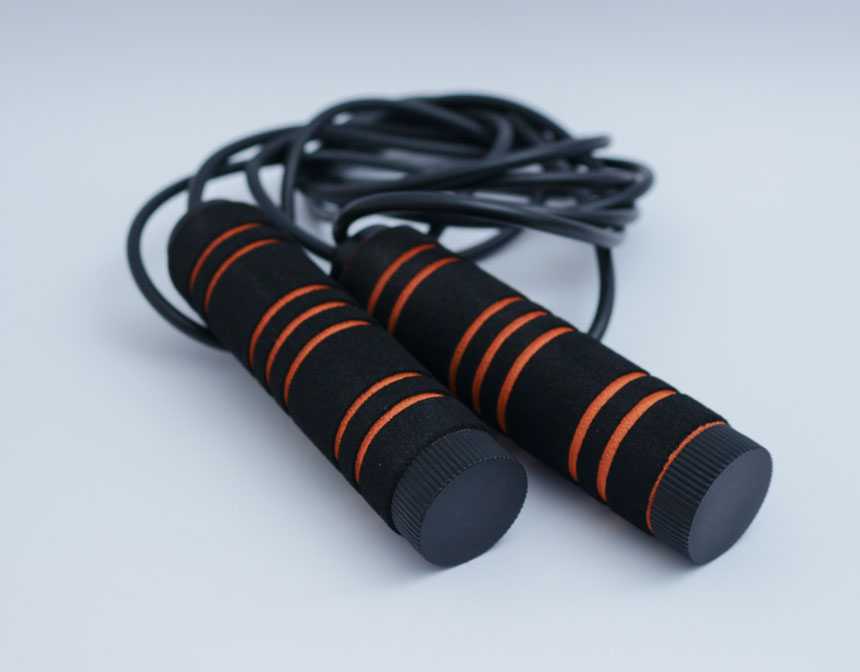What Is Custard?
Custard is a sweet and creamy dessert made from milk/cream, eggs, sugar, and flavorings such as vanilla or nutmeg. To make custard, heat the milk or cream, then temper the eggs by gradually adding the hot liquid while whisking constantly. Cook the mixture on low heat until it thickens and coats the back of a spoon. Custard can be served warm or chilled.
What Are The Differences Between Custard And Pudding?
Custard and pudding are both creamy desserts that are similar in texture and flavor.
Ingredients: Custard is typically made with eggs, milk or cream, and sugar, while pudding is usually made with milk, sugar, and a thickening agent such as cornstarch or flour.
Texture: Custard is usually smoother and silkier than pudding, while pudding has a thicker and more velvety texture.
Cooking Method: Custard is usually cooked on the stove over low heat, while pudding is usually cooked over medium to high heat.
Serving Method: Custard can be served warm or chilled, while pudding is typically served chilled.
While custard and pudding have some similarities, there are differences in ingredients, texture, cooking methods, and serving methods.
What Are the Differences Between Custard and Ice Cream?
Custard and ice cream are both creamy desserts, but they differ in their ingredients and preparation methods.
Custard is typically made with milk or cream, eggs, sugar, and flavorings. The mixture is cooked on the stovetop until it thickens and coats the back of a spoon. Custard can be served warm or chilled and has a silky, smooth texture.
Ice cream is made with a base of milk or cream, sugar, and sometimes eggs. The mixture is churned in an ice cream maker to incorporate air and create a smooth, creamy texture. Ice cream can be flavored with a variety of ingredients, such as fruit, chocolate, or nuts.
How To Make Egg Custard?
To make the baked egg custard recipe,
- Preheat the oven to 325 °F (160 °C).
- In a medium saucepan, heat the milk over medium heat until it begins to steam.
- In a separate bowl, whisk together the eggs, sugar, and vanilla extract until smooth.
- Pour the hot milk into the egg mixture, stirring constantly.
- Strain the mixture through a fine-mesh sieve. Pour the custard into a baking dish or ramekins.
- Place the baking dish or ramekins in a large baking pan and pour enough hot water into the pan to come halfway up the sides of the them.
- Bake for 35-40 minutes, or until the custard is set and a knife inserted into the center comes out clean.
- Remove the baked custard from the oven and let it cool to room temperature.
- Chill the custard in the refrigerator for at least 2 hours, or until ready to serve.
How To Make Vanilla Custard?
To make homemade vanilla custard recipe,
- In a medium saucepan, heat the milk over medium heat until it begins to steam.
- In a separate bowl, whisk together the egg yolks, sugar, and cornstarch until smooth and well combined.
- Slowly pour the hot milk into the egg mixture, whisking constantly.
- Pour the mixture into the saucepan and cook over medium heat, stirring constantly, until it thickens and coats the back of a spoon.
- Remove the saucepan from the heat and stir in the vanilla extract.
- Strain the custard through a fine-mesh sieve into a bowl to remove any lumps or cooked egg bits.
- Cover the bowl with plastic wrap.
- Chill the custard in the refrigerator for at least 2 hours, or until ready to serve.
How To Prevent Custard From Curdling?
When custard is heated too quickly or when the eggs are cooked too much, it may curdle. Here are some tips to prevent custard from curdling:
- Use low heat. Custard should be cooked over low to medium heat to prevent curdling. If the heat is too high, the eggs in the custard will cook too quickly. It may cause curdling.
- Use a heavy-bottomed pan. It helps to distribute heat more evenly and prevents hot spots that can cause curdling.
- Constantly stir the custard. This will help to distribute the heat evenly and prevent any lumps from forming.
- Add starch. This can help stabilize the custard and prevent curdling.
- Use a water bath. This helps to prevent curdling.
- Remove from heat once thickened: Once the custard has thickened, remove it from the heat immediately to prevent further cooking and curdling.
How To Serve Custard?
Custard is a versatile dessert that can be served alone or in a variety of recipes. This dessert can be used as a cake filling or served alongside a slice of cake. Cookies, oatmeal, and sugar cookies are great options that go well with custard. You can serve the pudding with fresh fruits.
Here are our delicious recipes that you can serve with Custard:
How To Store Custard?
You can store homemade custard in the refrigerator or freezer. Before storing custard, cool it to room temperature. This will prevent condensation from forming inside the container. Transfer the custard to an airtight container. Store it in the refrigerator for 3 days.
Can You Freeze Custard?
Yes, you can freeze custard. Allow the custard to cool to room temperature before freezing. Transfer it to an airtight container or freezer-safe bag. Freeze the custard for up to 2-3 months. Thaw the custard in the refrigerator overnight before serving. Do not thaw it at room temperature. This can cause it to spoil.
Freezing the custard can cause the texture to be a little grainy or to separate. To avoid this, once the custard has dissolved, mix or whisk the custard well to obtain a smooth consistency.




































